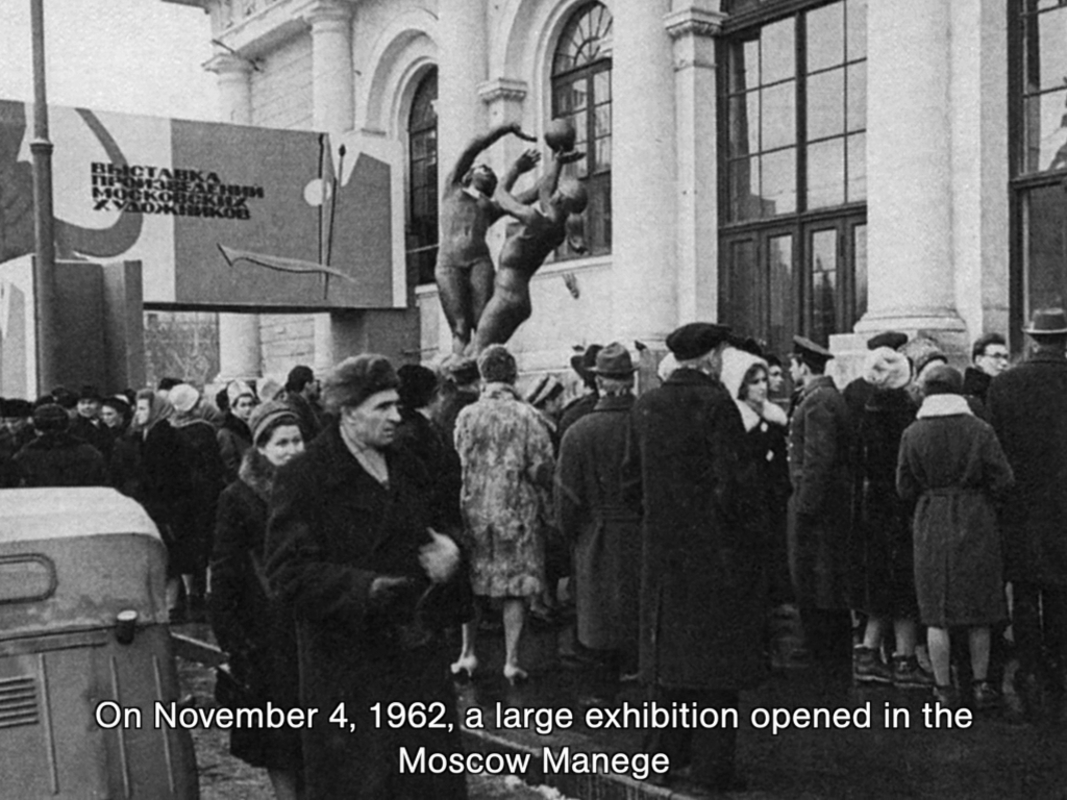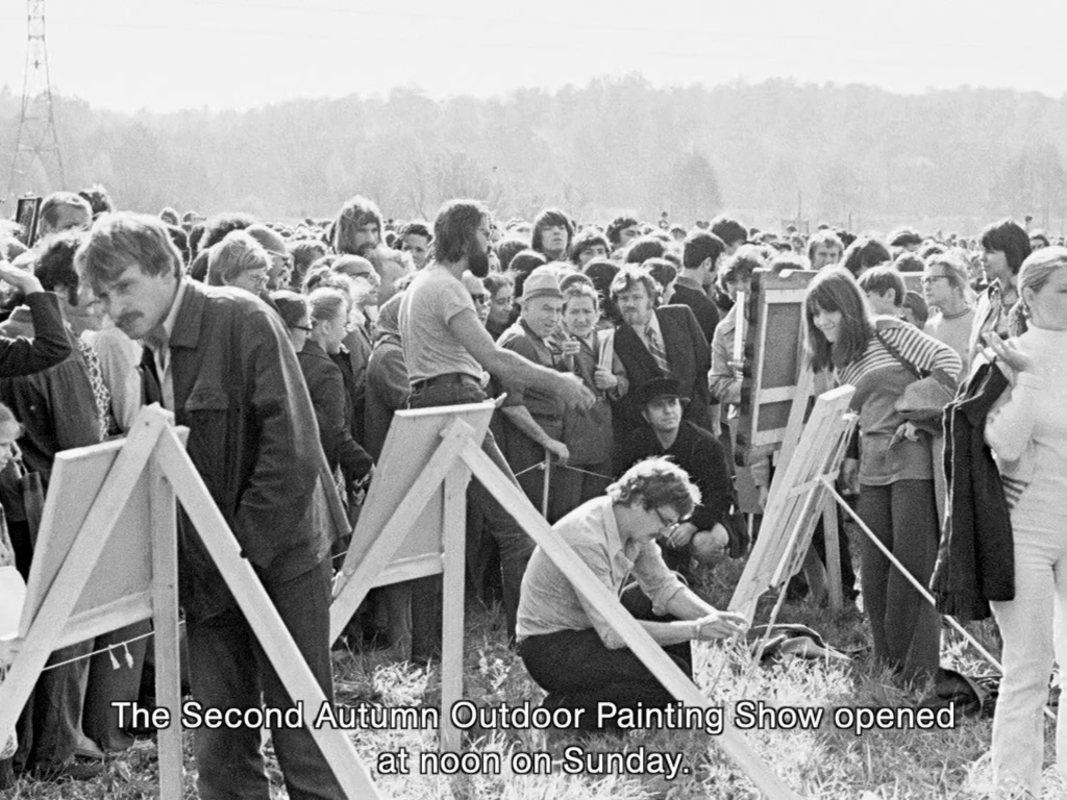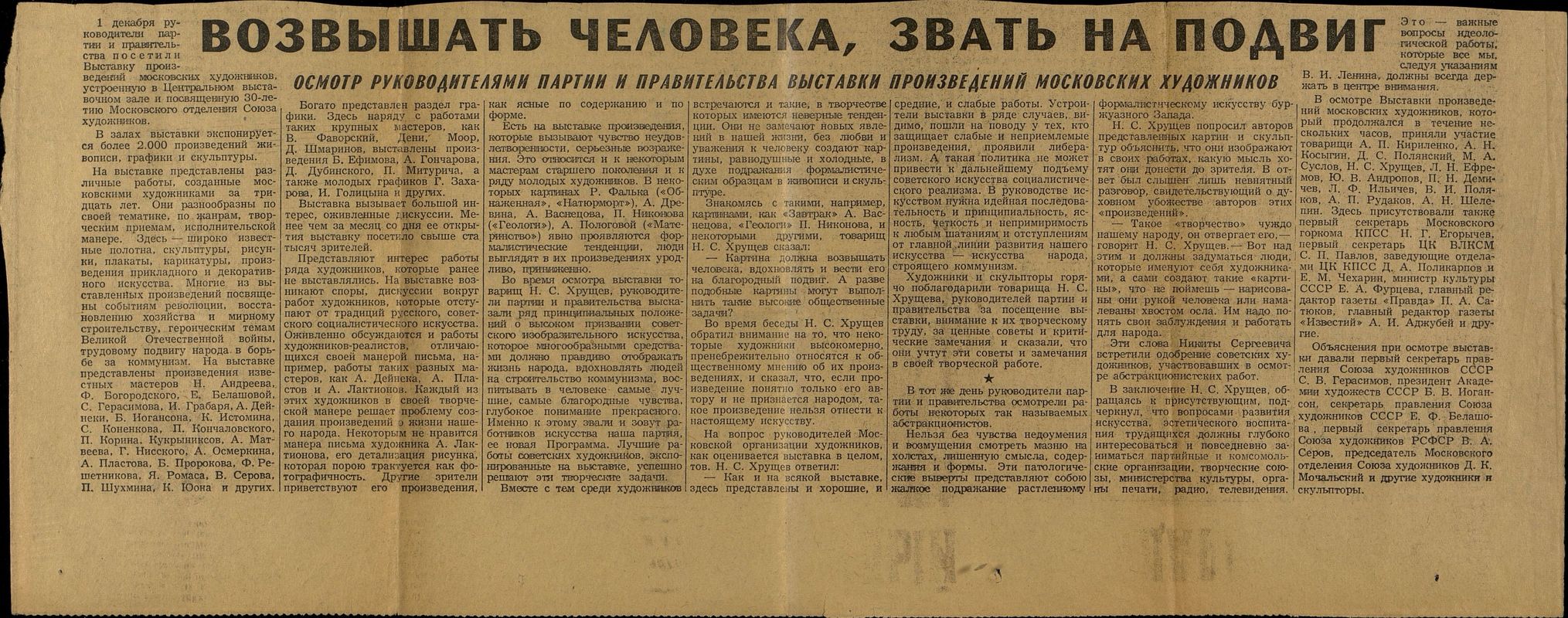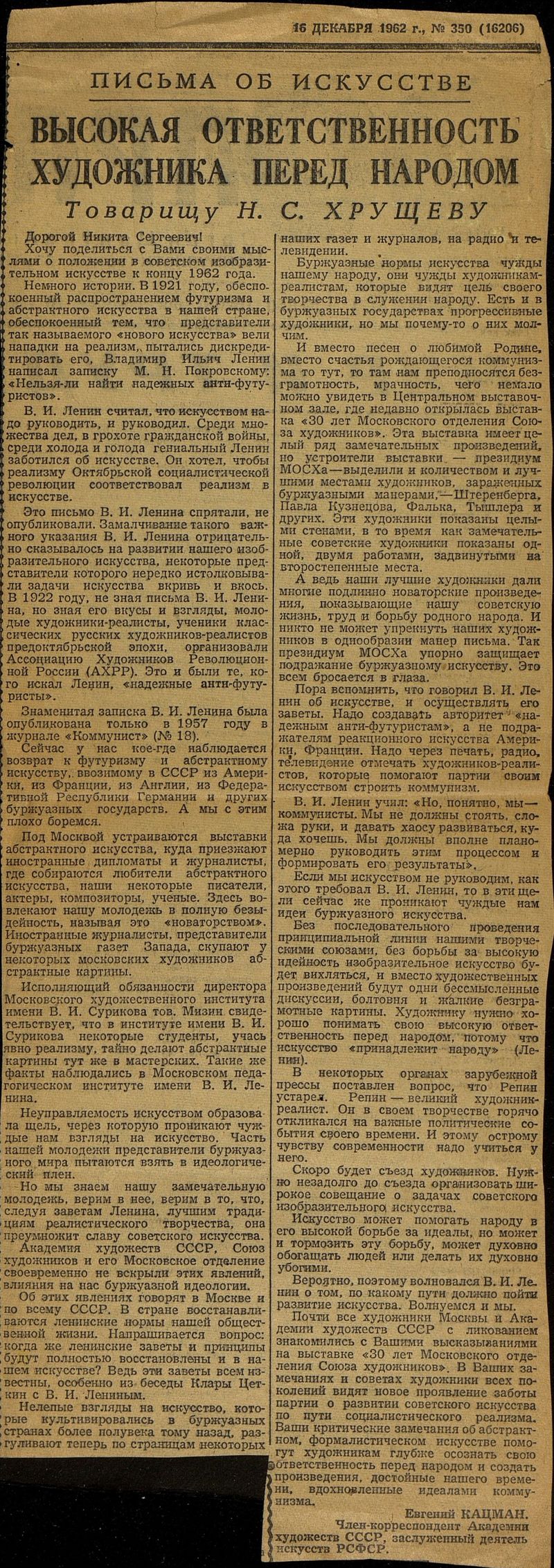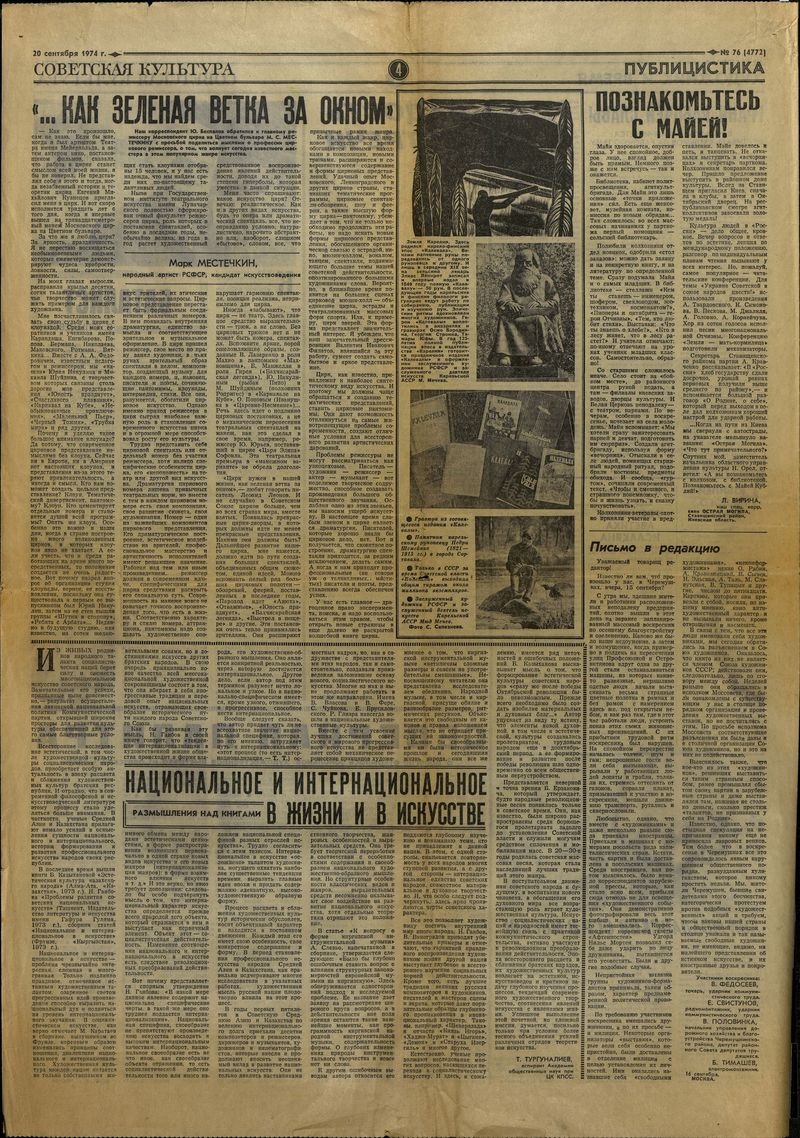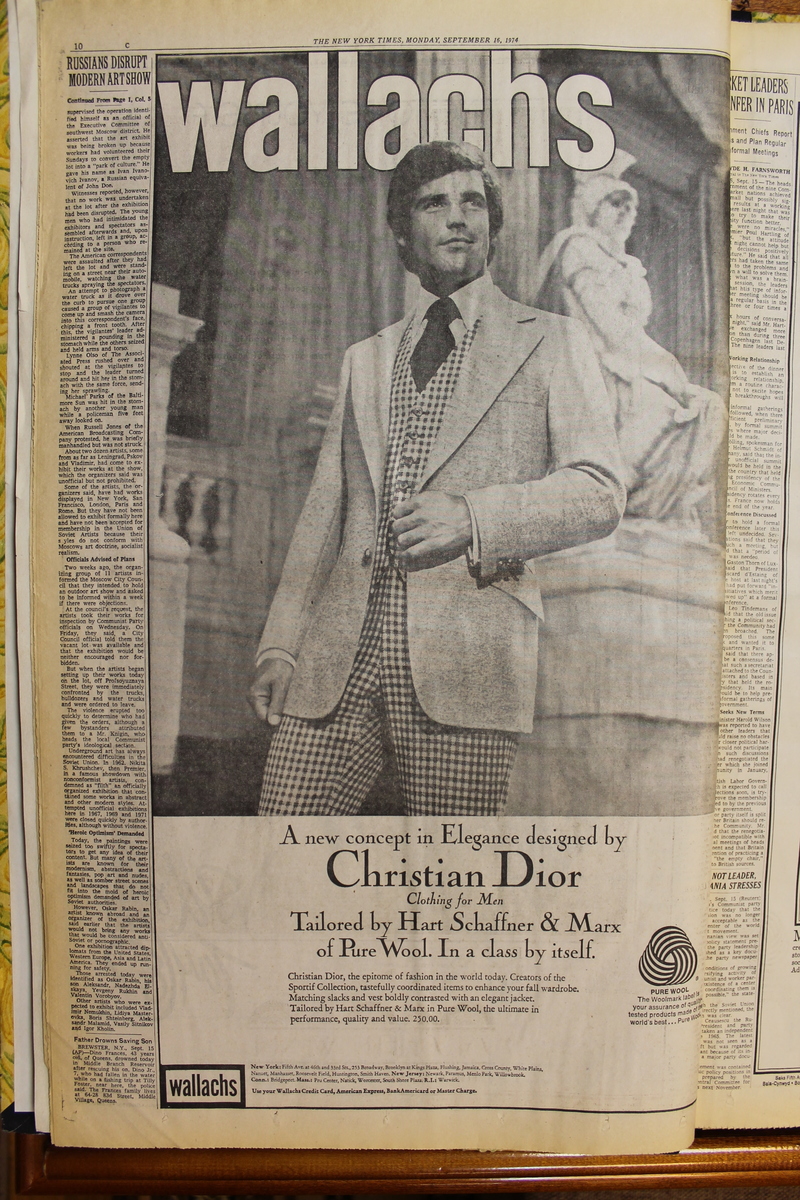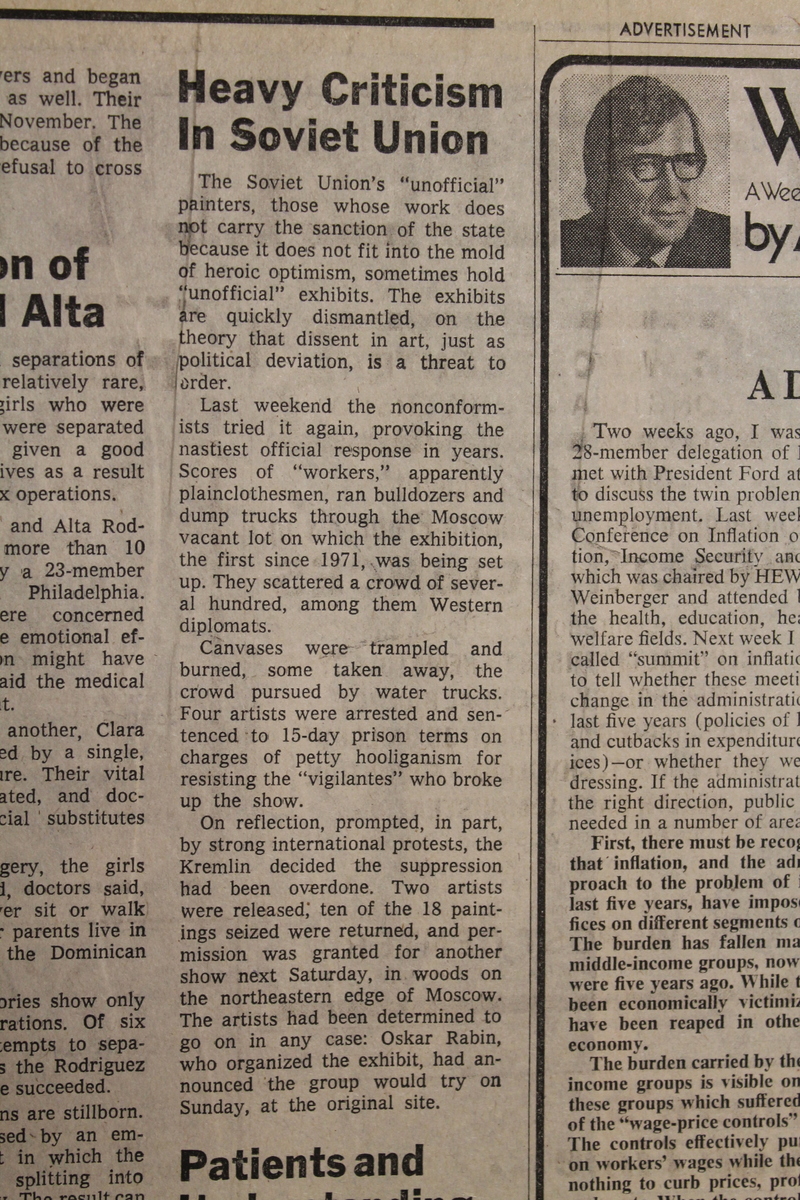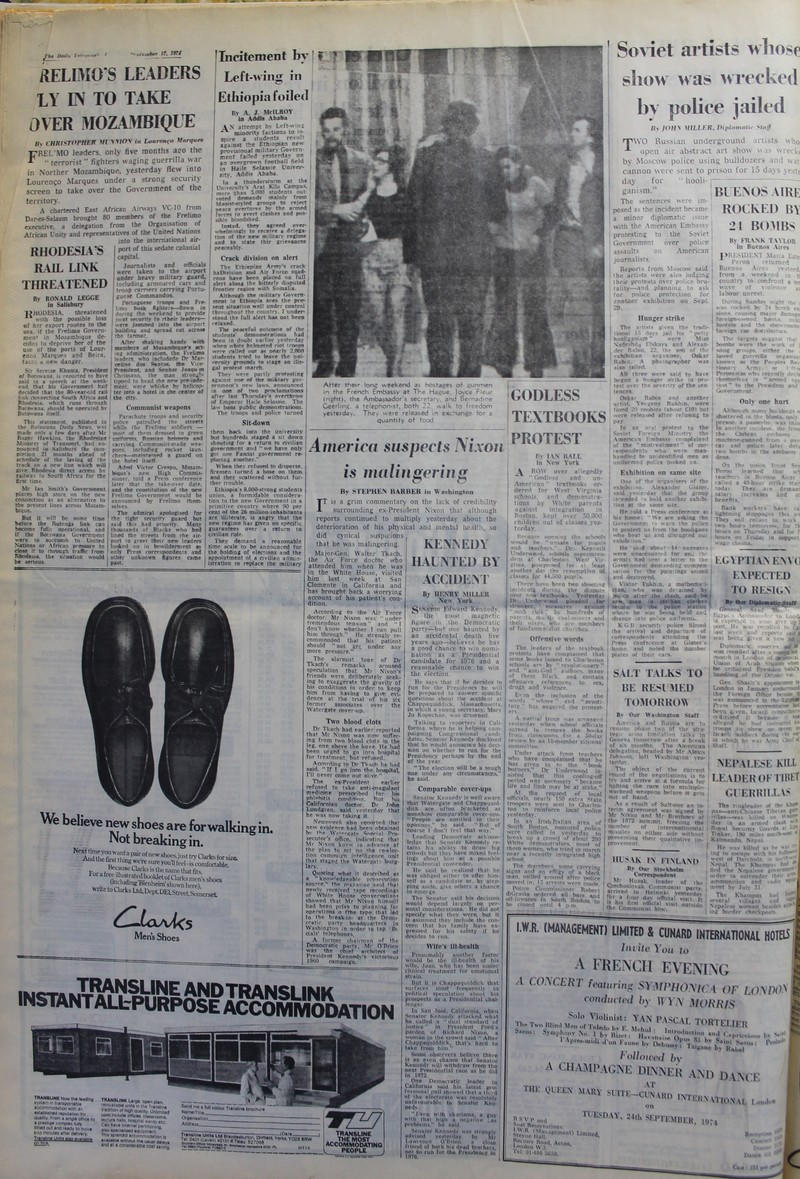This selection of articles on unofficial Soviet art is based on several thousand digitized texts from the 1960 through the 2010s that are kept in Garage Archive Collection and distributed among several archives.
Published in the domestic and foreign press, these texts are primarily about Soviet and Russian artists, including émigré artists.
The articles in this selection cover the 1960s and 1970s and provide an opportunity not only to learn about particular events or personalities but also to reinstate the context in which Soviet unofficial art existed.
***
Soviet artists interested the foreign press not as creators of new aesthetic statements but rather as the voices of those who disagreed with the USSR’s political system. In turn, Soviet periodicals saw the nonconformist artists’ activity as a threat and tried to neutralize their aesthetic explorations by, for example, labeling their work unprofessional (from the point of view of socialist realism). A typical propaganda move was to indicate that the “talentless” artist paints “daubery,” blindly imitating Western models in order to attract international attention. Of course, publications in the Soviet press turn out to be less informative in terms of facts, since they focus primarily on “revelations” and didactic instructions.
Here, for example, is what the Moskovsky Komsomolets newspaper wrote about Oskar Rabin in 1960 in the famous article “The Priests of Garbage Heap No.8”: “Once he had some poor drawing skills. But the desire for fame turned out to be much greater than his capabilities. He didn’t want to be known as a mediocrity, however! And there was a way out. How much talent does it take to smear with a brush however you please?”
***
The periodicals are of interest not only as a source of direct information about events but also as material for the study of their language. Whereas international articles are characterized by great stylistic and rhetorical diversity, Soviet texts are fairly similar to each other. Sometimes the writing manner of different authors in different publications coincides so much that it seems as if articles are written by the same person.
***
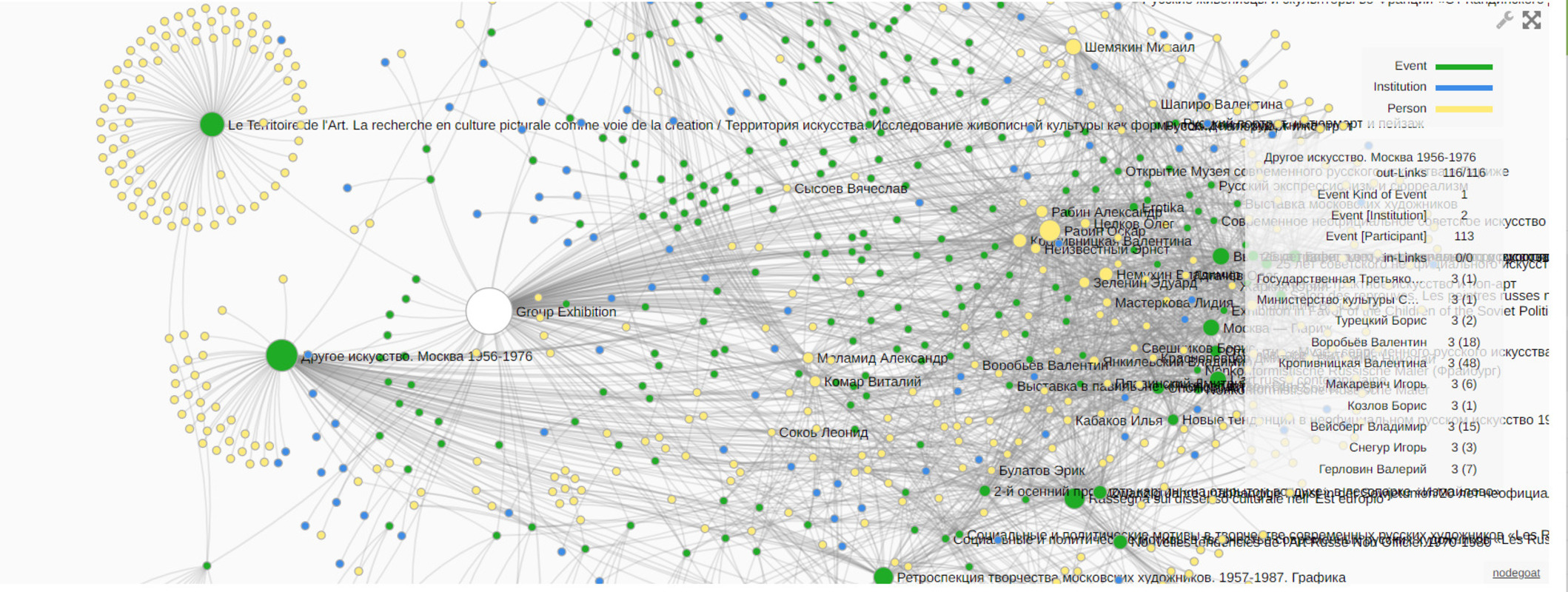
A large array of such newspaper clippings can be read not only through the eyes of the researcher but also using machine and distant reading methods. The term “distant reading” was introduced by historian, sociologist, and literary theorist Franco Moretti (a collection of his articles was published with the same title in 2013). Rather than studying the aspects of a specific text, distant reading means the process of identifying—often using quantitative methods and computer technology—certain patterns in massive amounts of similar texts.
Literary critics and linguists use quantitative methods and machine reading in their work. However, it is also applicable to historical, sociological, and other research in the humanities. In particular, digital reading methods include text (data) mining, which can be carried out with the involvement of artificial intelligence.
Using machine methods, it is possible to analyze a large body of texts that cannot be read by even a group of researchers, e.g. to analyze next to which words a particular keyword—a researched concept, phenomenon, proper name or geographical designation—is mentioned, which allows us to identify the context of references and track down how it changed over time. A good example here is the digitized corpus of texts of the London Criminal Court of the Old Bailey, on the basis of which a number of similar studies were conducted.
Along with science, text (data) mining is also used for commercial and security purposes. Various numerical methods for analyzing large text corpora are implemented to ascertain the preferences of certain user and consumer groups in order to increase commercial benefits, for example, as well as to identify terrorists or other security threats.
Events mentioned in clippings
1962
Exhibition of works by Moscow artists coinciding with the 30th anniversary of the Moscow Union of Artists at Manege Central Exhibition Hall. This exhibition is known for the infamous incident when the General Secretary of the CPSU, Nikita Khrushchev, spoke rudely about the work of the artists on view, leading to negative consequences for them.
1964
The 32nd Venice Biennale, where American art was widely presented, including the works of Robert Rauschenberg, Jasper Johns, Frank Stella, and others.
1974
The so-called Bulldozer Exhibition, organized by unofficial artists on wasteland at the intersection of Ostrovityanova and Profsoyuznaya streets in Moscow. Under the excuse of a Sunday voluntary work day organized to improve the territory where the exhibit was held, the exhibits were destroyed by the authorities using bulldozers, hence the title of the event.
1974
The second autumn viewing of paintings “in the open air” in Moscow’s Izmailovo forest park; the exhibition was held two weeks after the Bulldozer Exhibition.
The project Articles on unofficial Soviet art was developed by Garage Archive for The World Gone By computer class at Garage.
